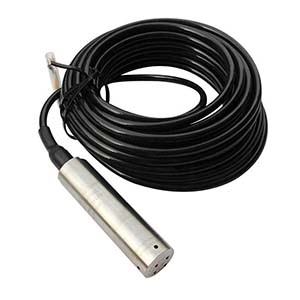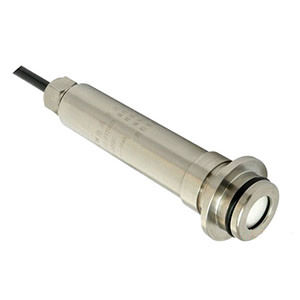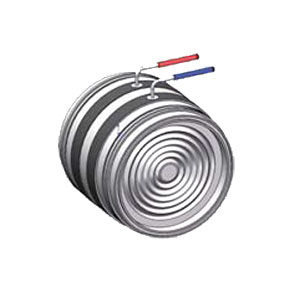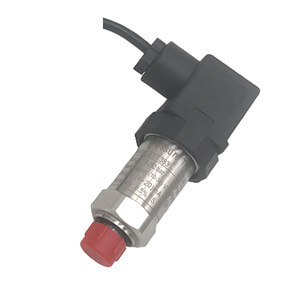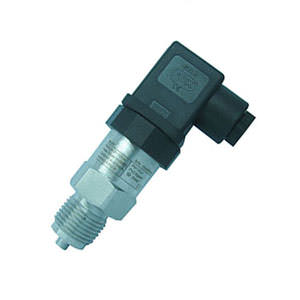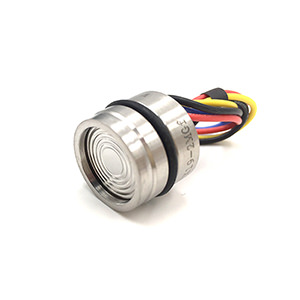What is Millivolt Output Pressure Transducer
A Millivolt Output Pressure Transducer is a type of sensor used to measure pressure and convert it into an electrical signal in the form of millivolts (mV).
This type of transducer typically operates on a voltage range of a few millivolts, often in the range of 0-5 mV or 0-10 mV, depending on the specific model.
Like other pressure transducers, the mv output transducer consists of a pressure-sensitive element, such as a diaphragm or strain gauge, that undergoes deformation in response to applied pressure. This deformation causes a change in the electrical resistance of the element, which is then converted into a millivolt output signal proportional to the applied pressure.
Millivolt Output Pressure Transducers are commonly used in various industrial, automotive, and scientific applications where precise pressure measurements are required. The millivolt output signal can be easily interfaced with data acquisition systems, controllers, or other devices for further processing and analysis.
The Highlight of Millivolt Output Pressure Transducer
In current process measuring industry, when you consider applying a transducer to get analog or digital readout, you can’t avoid paying more or less attention on which kind of output is good for you. Normally, there are three: Volt (VDC), Current (4~20mA) and Millivolt (mV).
You can click to find more about the relationship & difference between pressure transmitter and transducer if you don’t have clear understanding on them.
The most millivolt output pressure transducers are passive conditioning electronic signal, which means they are unamplified, no transistor and filters,
In case of that, most active components or EMI environment may easily affect their performance.
Millivolt output pressure transducers enjoy the very short response time and the lowest power consumption when it compare to other types like strain gauge.
Pressure transducers with millivolt output are generally one of the normal kind pressure transducers. They are often called “low-level” transducers because they are not amplified and only contain passive electronics necessary to develop and thermally compensate the low electrical output of the Wheatstone bridge.
This also means they tend to be smaller and lighter than voltage or current output transducers.
EastSensor EST330V and the upcoming models are the type with signal output(s) specified in ‘millivolts per volt’ or mV/V. What does this mean and how can you use this to determine the best electronics to use with these transducers?
As mentioned above, the millivolt output pressure transducers are sometime a passive device – it will not produce a signal unless it receives an external power called excitation.
The FSO of EST330V transducer from 0~100mV (nominally around 30mV@FSO), with 3~10VDC nominal excitation. This also can be expressed as output of 10mV/V, 100mV FSO with 10VDC excitation, or as an output of 10mV per Volt of excitation.
The Millivolt (mV) Output transducers output can be expected in a directly proportionally way, what that means is the output will vary proportionally if provide a fluctuated excitation power supply. So to maintain stable output, EastSensor highly recommend using the regulated power supply.
Due to the low and weak output signal, it will be vulnerable for millivolt output pressure transducers to resistance the EMI, in this case, the transducers shouldn’t be deployed in some electrical interference or noisy circumstance, such as motors, radios or switch gear etc,
What’s more, we also not recommend to keep a comparatively long distance between the millivolt output pressure transducers and readout device, in another word, the shorter the better.
In spite of the low signal for transducers with millivolt output, we must admit that the millivolt output pressure transducers can perform very good response time when it compare with other output type device, why? Because there is no excitation voltage isolation from output signal, and also the less electronic circuitry also contribute on it.
Let’s sum them up and make it clear of what are the pros and cons if use Millivolt Output Pressure Transducers
| Pros | Cons |
|---|---|
| Economical | Need regulated power supply |
| Less mass | EMI Vulnerability |
| Short response time | Short distance |
Wrapping up
Pressure transducers are generally available with three types of electrical output; millivolt, volt and 4-20mA. Transducers with millivolt output are normally the most economical pressure transducer. Millivolt output transducers have below attributes your need keep in mind.
- They tend to work at higher temperatures than the amplified models.
- The output of the millivolt pressure transducers are nominally around 30mV@FSO.
- The actual output is proportional to the input power or excitation.
- The excitation fluctuates, the output will change also.
- Regulated power supplies are suggested.
- It should not be located in an electrically noisy environment.
- The distances between the transducer and the readout instrument should also be kept relatively short.
Additional Posts which may be of interest
- Knowledge about Flush Diaphragm Pressure Transmitter
- What you should consider about before purchase pressure switches?
- Which Pressure Switch is suitable for you?
- Things you need to know about Diaphragm Pressure Gauges
- Do you really know your pressure sensor accuracy?
- Basic Knowledge You Need to Know about Pressure Gauge
- How to select Pressure Gauge?
- Pressure Switch V.S Pressure Transducer, what’s the difference?
- What is The Difference between Pressure Transducer and Pressure Transmitter?
- Pressure Sensor Technology Comparison
- 10 practices need to considerate before choosing pressure transducer
- What’s the role of smart sensors in Industry 4.0?
- How sensor has been rocking our world?

